Seeking ways to paint a better FDI picture
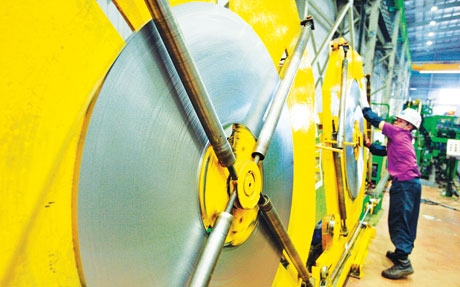
Wonderful Theme Park was supposed to be a milestone for tourism development for Ba Ria-Vung Tau province and for the whole southern region.
Introduced by Good Choice Limited Company from the US in 2008, the project was supposed to comprise residential and office buildings, world class hotels, a shopping complex, an entertainment theme park and an underwater aquarium.
But four years later, this $1.3 billion project remains on paper. And last month the Ba Ria-Vung Tau People’s Committee decided to revoke its investment certificate after the developer left without a word.
Wonderful Theme Park is just one of many FDI projects which have seen their investment certificates revoked in recent years.
Malaysia’s Lion Group had its investment certificate for a $9.8 billion steel complex in Ninh Thuan province withdrawn. Galileo Investment Group and Dragon Beach Group lost permission to develop a $1.6 billion urban project in Phu Yen province and a $4.15 billion integrated entertainment and resort complex in Quang Nam province, respectively.
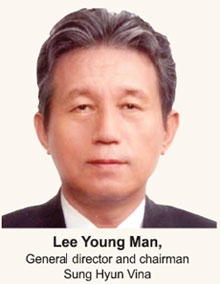 In 2012, Vietnam is expected to attract some $12 billion to $14 billion in foreign direct investment (FDI) capital. FDI capital inflows into manufacturing, the processing industry, technology and real estate will all be increased, while the capital flows into footwear and textiles will come down. In 2012, Vietnam is expected to attract some $12 billion to $14 billion in foreign direct investment (FDI) capital. FDI capital inflows into manufacturing, the processing industry, technology and real estate will all be increased, while the capital flows into footwear and textiles will come down.A number of prestige international organisations have arrived given Vietnam's top-ranking in ASEAN in terms of attracting FDI capital and consider the nation one of the 10 most attractive investment destinations. This is especially true for investors from Japan and other developing economies in Asia. However, there is a real danger that this FDI capital will flow in other countries in ASEAN instead of Vietnam. Indonesia and Thailand are two competitors for Vietnam when it comes to attracting FDI capital as their workers have higher skill levels. We are planning to expand our business in Myanmar as its politics are stable and the country offers cheaper labour costs than Vietnam. Besides that, in Vietnam, difficulties in accessing capital and unstable macroeconomic policies on tax and land are presently causing us many difficulties. In my opinion, Vietnam should implement new policies and tweak existing policies to encourage and protect foreign investors, maintain the nation's political stability and enhance labours' skill levels. |
The loss of these foreign investors in Vietnam has raised concerns about the quality of FDI inflow into Vietnam’s property sector. At the end of February, there were 13,530 foreign-invested enterprises operating in Vietnam, with total investment capital of $199.7 billion, according to a Ministry of Planning and Investment (MPI)’s Foreign Investment Agency report.
Half of these operational projects are in the industrial manufacturing and processing sectors. But analysts have also warned about the quality of FDI inflows into industry with the recent cases of environmental pollution caused by Vedan Enterprises Corporation, a Taiwanese seasoning producer and of alumina producer Tung Kuang.
The Vietnam Chamber of Commerce and Industry and USAID last month released a survey showing that 65 per cent of foreign-invested enterprises in Vietnam are involved in some form of low-end manufacturing industry which requires low cost labour such as apparel, shoes, light electronics and food processing.
Do Nhat Hoang, director of the Foreign Investment Agency, admitted the quality of FDI inflows in Vietnam remained poor. “What we expect is FDI inflows will help Vietnam develop its manufacturing industry and hi-tech industry, in line with job creation and fund contributions. But our industry at this time is still at a starting-point,” said Hoang.
FDI is, nonetheless, significantly contributing to Vietnam economic growth, making up 25.8 per cent of gross domestic product in 2010, according to statistics from the MPI’s Central Institute for Economic Management. Last year, the export turnover of foreign-invested enterprises reached $54.5 billion, accounting for 76.6 per cent of the country’s total export turnover.
However, Vietnam wants to further deepen into global manufacturing chain and the government is shifting focus from quantity to quality in FDI attraction. Aiming to improve quality of the FDI, Prime Minister Nguyen Tan Dung last September issued Direction 1617/CT-TTg asking ministerial bodies and local authorities to “intensify” and “regulate” management of FDI in future.
New FDI projects must effectively utilise natural resources, reinforce linkages with domestic enterprises, and lure more investment into auxiliary industries, agriculture, preferential services, information and technology and high-tech industries, according to the direction.
The prime minister also asked local authorities “not to grant investment certificates to energy and natural resource-incentive projects or projects which use outdated technology and can pollute.” The government will also not encourage FDI projects in non-production sectors.
Hoang said the there were 40 sub-projects preparing by ministerial bodies and provincial authorities in accordance with Dung’s direction. “Those sub-projects will be completed in the third quarter this year,” said Hoang.
But foreign investors said if the government wanted to improve FDI quality, it had to deal with inherent obstacles including poor transport infrastructure, power outages, a lack of skilled labour and economic challenges.
Hong Sun, general secretary of Korea Chamber of Business in Vietnam, said the government should remove these obstacles to make the investment climate more attractive before thinking about attracting high quality FDI. “I know that Vietnam wants to attract FDI to the hi-tech industry, but hi-tech firms will not invest here if they experience difficulties in recruiting skilled labour,” he said.
“If Vietnam resolves the issues of infrastructure and an unskilled workforce and offers appropriate tax incentives, investors will build factories here,” he added.
Jim Winkler, a researcher at USAID, said there had been improvements in Vietnam’s investment climate such as entry cost, land tenure and transparency. However, he also added the government had to improve the quality of labour and education and enhance the quality of governance and public consultation to reduce costs and risks for investors.
The investments of hi-tech firms such as Intel, Samsung, Hewlett-Packard and Nokia are positive signs for the country’s FDI attraction. Sun said Vietnam should give strong support to those multinational companies to ensure their success in Vietnam.
“By doing that, more and more high quality investors will follow them to invest here,” he added.
Hoang said Vietnam still needed investment in labour-intensive industries like garment and textiles, and shoes and electronic assembly as the shift into hi-tech industries would take time.
One difficulty that concerned Hoang was the lack of cooperation between ministerial bodies and provincial authorities, leading to the construction of projects not included in the national master plans for steel and cement industries. He expected this weakness would be removed after the implementation of the prime minister’s direction.
And while neighbouring countries like Indonesia, Malaysia, Cambodia, Thailand and even Myanmar are emerging as attractive places for FDI, foreign investors warned that Vietnam needed to urgently improve its investment climate.
Japanese companies, for example, are increasingly investing in Vietnam, but they are also increasing investment in neighbouring countries.
Statistics from Japan External Trade Organisation (Jetro) show that the total number of Japanese FDI projects from 2008 to 2011 in Thailand was 1,393, in Indonesia 1,045 and in Vietnam 572. The total Japanese FDI capital for the same period in Thailand is $13.3 billion, in Indonesia it is $4.2 billion and in Vietnam $5.5 billion.
 I have no forecast for 2012's FDI, but I am ready to bet it will be lower than previous years. The decline will most likely depend on Europe and US economies not doing well. Investment coming from other Asian countries, by far the majority, should do well, due to a good performance of Asian economies and the aftermath of the Japanese tsunami and earthquake. I have no forecast for 2012's FDI, but I am ready to bet it will be lower than previous years. The decline will most likely depend on Europe and US economies not doing well. Investment coming from other Asian countries, by far the majority, should do well, due to a good performance of Asian economies and the aftermath of the Japanese tsunami and earthquake.FDI in Vietnam is hindered by the high price of land in industrial zones, weak infrastructure, poor training of workers, heavy administrative burdens often interpreted differently by different provinces and corruption. Fast salary growth and government measures against low quality investments are also to be cited, as well as what we hope will be a temporary problem, very high inflation in 2011, when all other Asian economies had low and slowing inflation. On the positive side there are always the good cultural capabilities of Vietnamese workers, stable political and social situation, ASEAN and ASEAN + favourable tariff conditions until at least 2018. Vietnam should do more to welcome foreigners as people not only as companies and could do a lot more in terms of deciding which industries it should grow in the near future and of letting the world know about this, a job Malaysia does so well. |
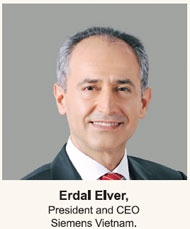 Despite difficult global conditions and declining foreign direct investment FDI commitment, actual FDI disbursement in Vietnam has remained steady. In 2011, $11 billion was disbursed equal to 2010, which is a strong evidence of the robustness of investment environment in Vietnam and the continuing attractiveness of the country as an investment destination. Despite difficult global conditions and declining foreign direct investment FDI commitment, actual FDI disbursement in Vietnam has remained steady. In 2011, $11 billion was disbursed equal to 2010, which is a strong evidence of the robustness of investment environment in Vietnam and the continuing attractiveness of the country as an investment destination.However, many challenges loom ahead if Vietnam is to maintain its attractiveness. To improve the quantity and quality of FDI in Vietnam, it's vital that the government provides a transparent and effective regulatory environment in which companies can compete on equal terms regardless of being local or foreign, state-owned or private. The government should also continue the implementation of Project 30 on administrative reforms in order to improve the administrative performance in areas such as business registration and investment licencing, work permits, land clearance, import and export procedures etc. Last but not least improving and upgrading the skills of workforce should be Vietnam's key task so as to meet the increasing demand for qualified staff from investors, especially from high tech investors. Vietnam has been selected as one of the emerging countries by Siemens where we will stay and increase our footprint in terms of future development. We look forward to having a successful Year of Golden Dragon and beyond in this exciting market. |
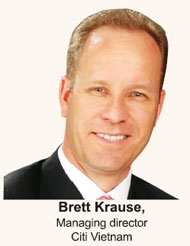
Compared with many frontier markets, Vietnam's economy is more competitive and diversified across a broader range of sectors including manufacturing, agriculture and services. Looking forward, we can see a number of developments may help bring Vietnam back onto the radar screen of global investors. This includes a broadening of the equity market through privatisation and the unlocking of free float, the eventual lifting of foreign ownership restrictions and other reforms that have been proposed to increase market access and liquidity. From what we have seen, the consumer goods industry selling to Vietnamese consumers will probably be one of the very best sectors over the next several years. Citi's clients and partners who operate in Vietnam in this sector are upgrading their investment plans for Vietnam. Vietnam is one of the most successful of all the frontier markets at attracting foreign direct investment. Despite the macroeconomic volatility of recent years, the inflow of FDI has remained quite stable over the years, running at around 8 per cent of GDP – one of the highest levels of any large country. Vietnam is a very important market for Citi and we have a very distinctive business here. Citi is very committed to Vietnam and is keenly interested in growing its business in this market, Citi will continue to invest and grow in Vietnam to support our clients and customers. |
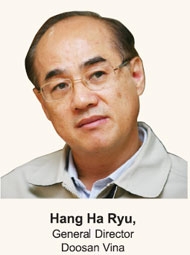 In my opinion the shift in focus from "quantity to quality" by the government is a good decision, but what is needed is action so that this is not just rhetoric. Investors want tangible evidence that assure them their money will be well spent and the return on investment is better than if they went elsewhere or simply left the money in the bank. Accomplishing that is going to take decisive leadership and cooperation at all levels of governments. In my opinion the shift in focus from "quantity to quality" by the government is a good decision, but what is needed is action so that this is not just rhetoric. Investors want tangible evidence that assure them their money will be well spent and the return on investment is better than if they went elsewhere or simply left the money in the bank. Accomplishing that is going to take decisive leadership and cooperation at all levels of governments. From a practical level Doosan Vina and other major industries that are now operational in Vietnam are interested in seeing second tier FDI suppliers locate here. These companies will lower our costs because they will reduce the amount of products and materials that we have to import. What I am hearing from some of these potential second tier companies is that they want many of the same things that are currently being offered in the way of incentives for land acquisition and tax relief, but more importantly they need a labour force that can do the job from day one. And that is something tangible that the government can do to move from "quantity to quality" that will assure FDI's that Vietnam is the place to locate. |
What the stars mean:
★ Poor ★ ★ Promising ★★★ Good ★★★★ Very good ★★★★★ Exceptional
 Tag:
Tag:
Related Contents
Latest News
More News
- Gold hits record peak, oil rises on geopolitical tensions (April 03, 2024 | 14:43)
- Registered FDI in Vietnam tops 6.17 billion USD in Q1 (March 29, 2024 | 08:47)
- Vietnam in waiting list for market upgrade to secondary emerging (March 28, 2024 | 16:37)
- High-tech investment influx reliant on stable power supply (March 28, 2024 | 11:30)
- New land law could entice Viet Kieu home (March 27, 2024 | 18:00)
- Non-stop toll collection to be officially applied in five airports from May 5 (March 27, 2024 | 11:35)
- Vice State President now Acting President (March 22, 2024 | 14:47)
- Party Central Committee agrees to let Vo Van Thuong cease holding positions (March 22, 2024 | 14:41)
- PM, USABC discuss deepening partnership in Vietnam (March 22, 2024 | 11:48)
- PM urges further rate cuts, improved credit access to remove obstacles, promote growth (March 15, 2024 | 11:47)



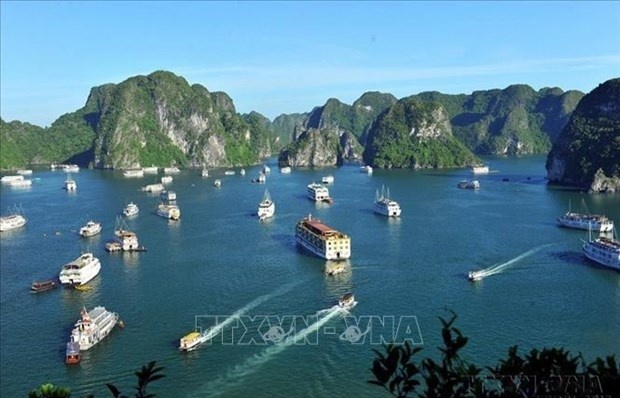
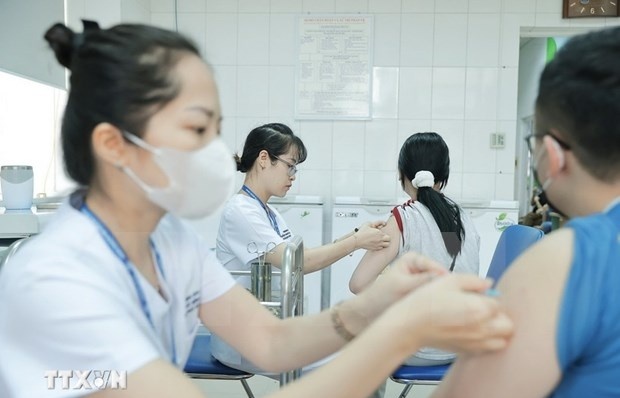
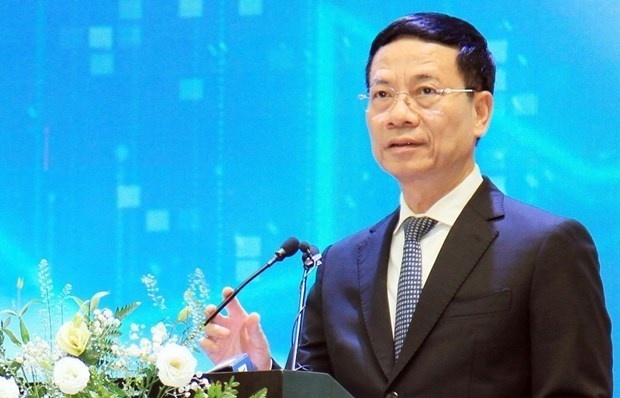
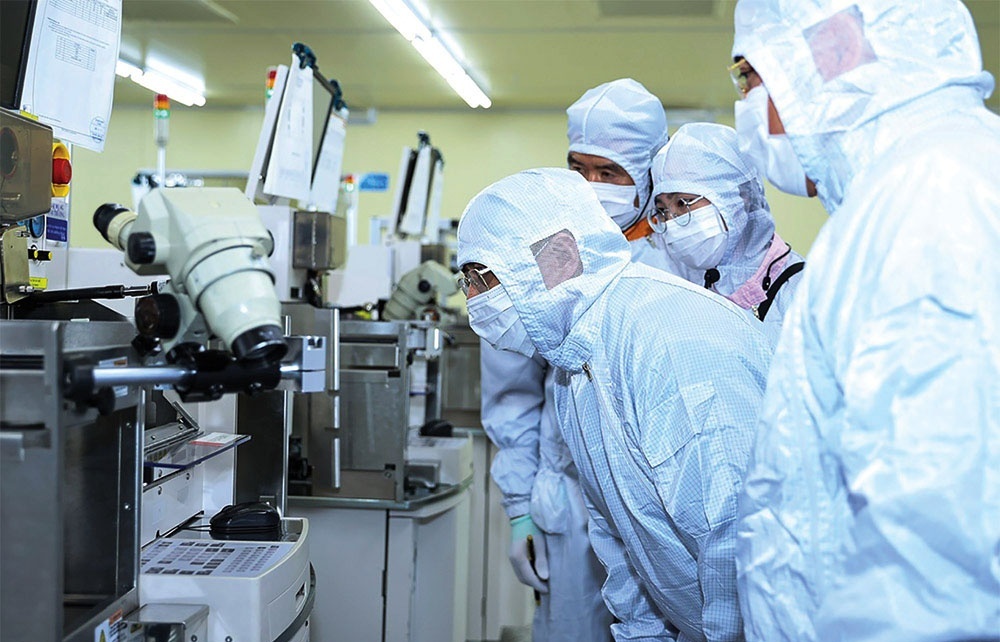
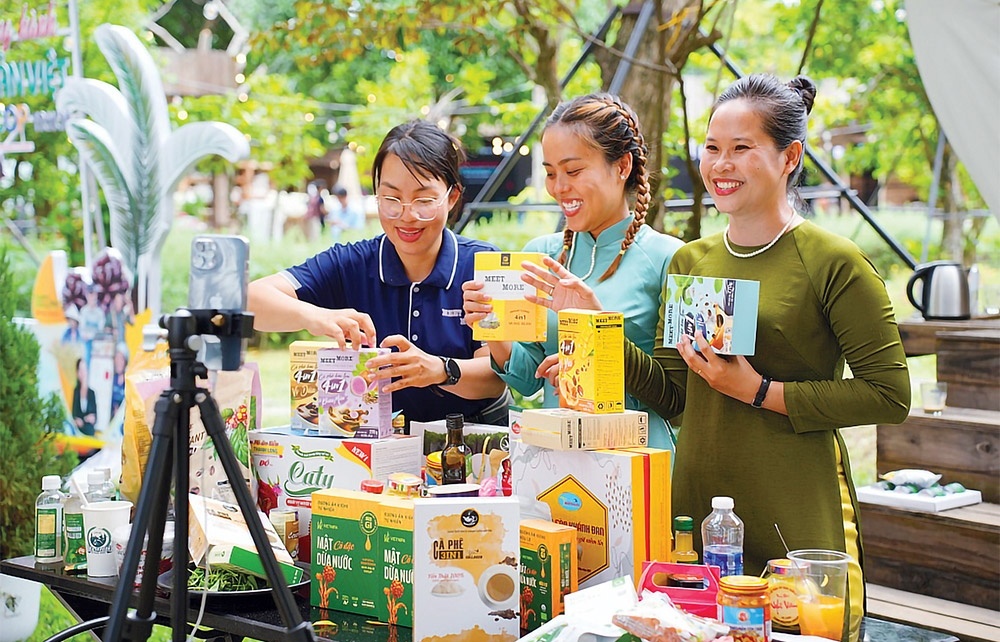

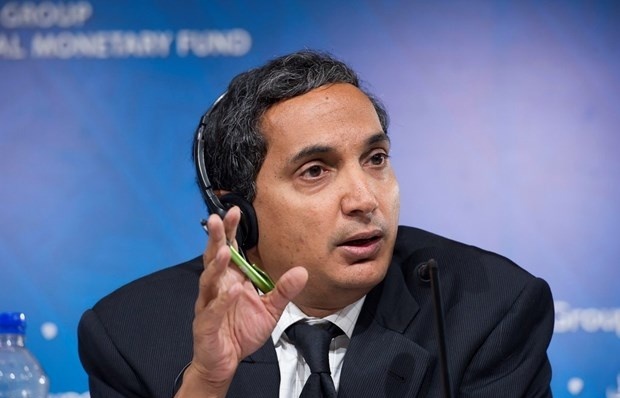

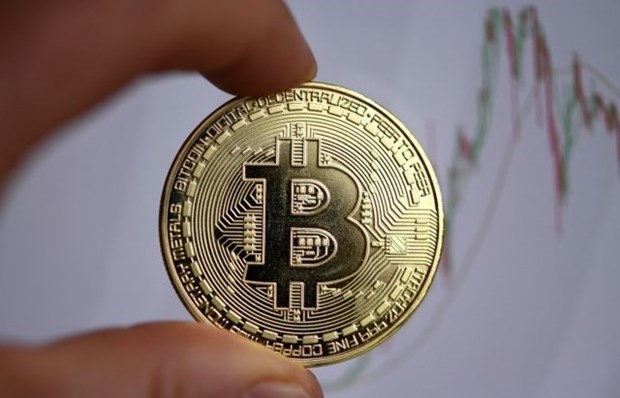
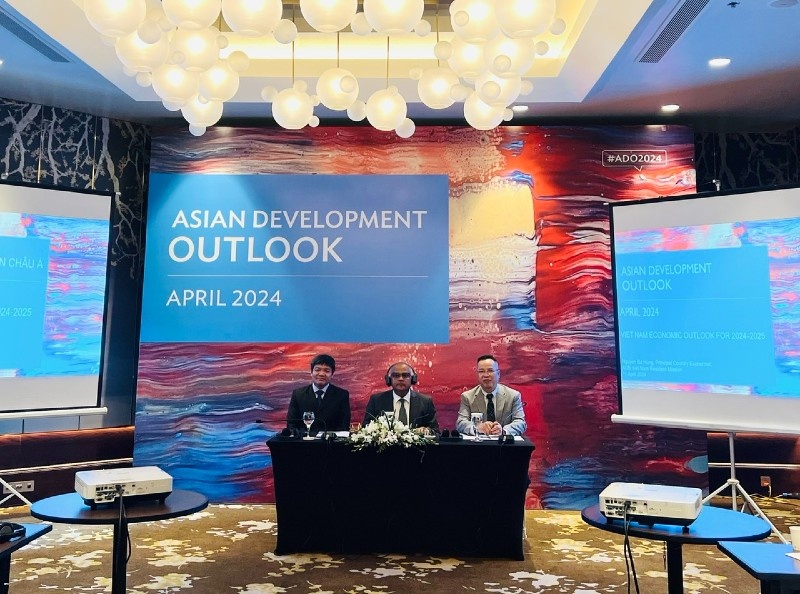
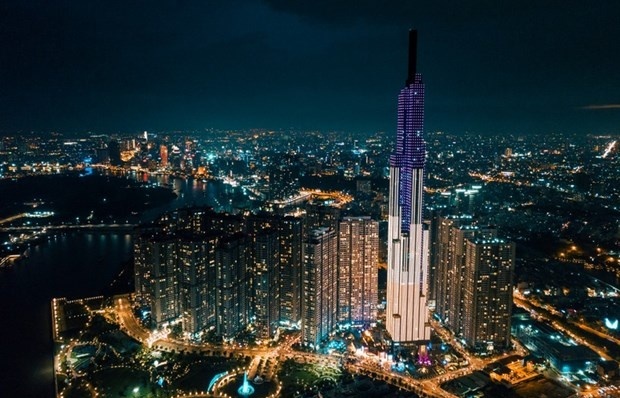


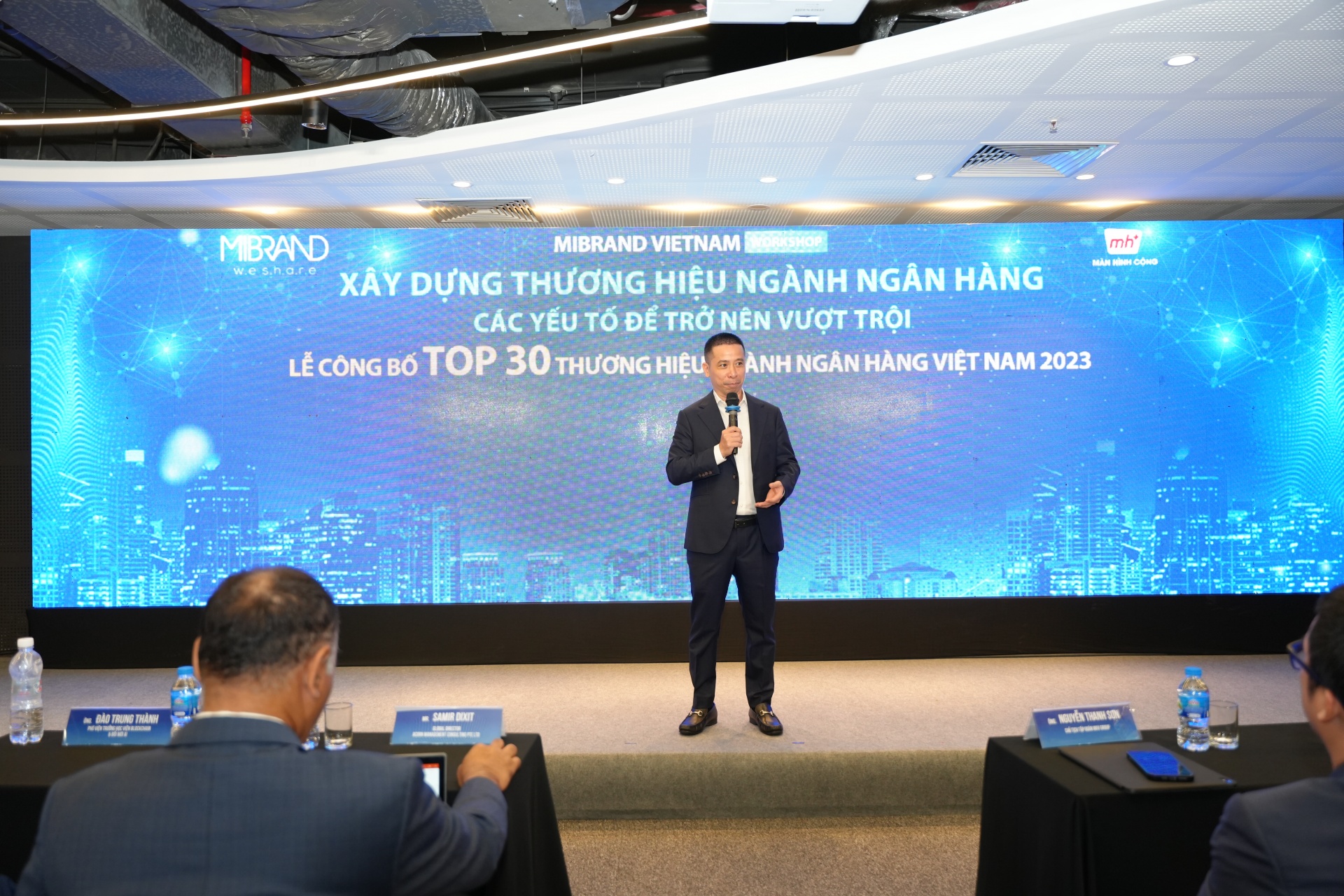
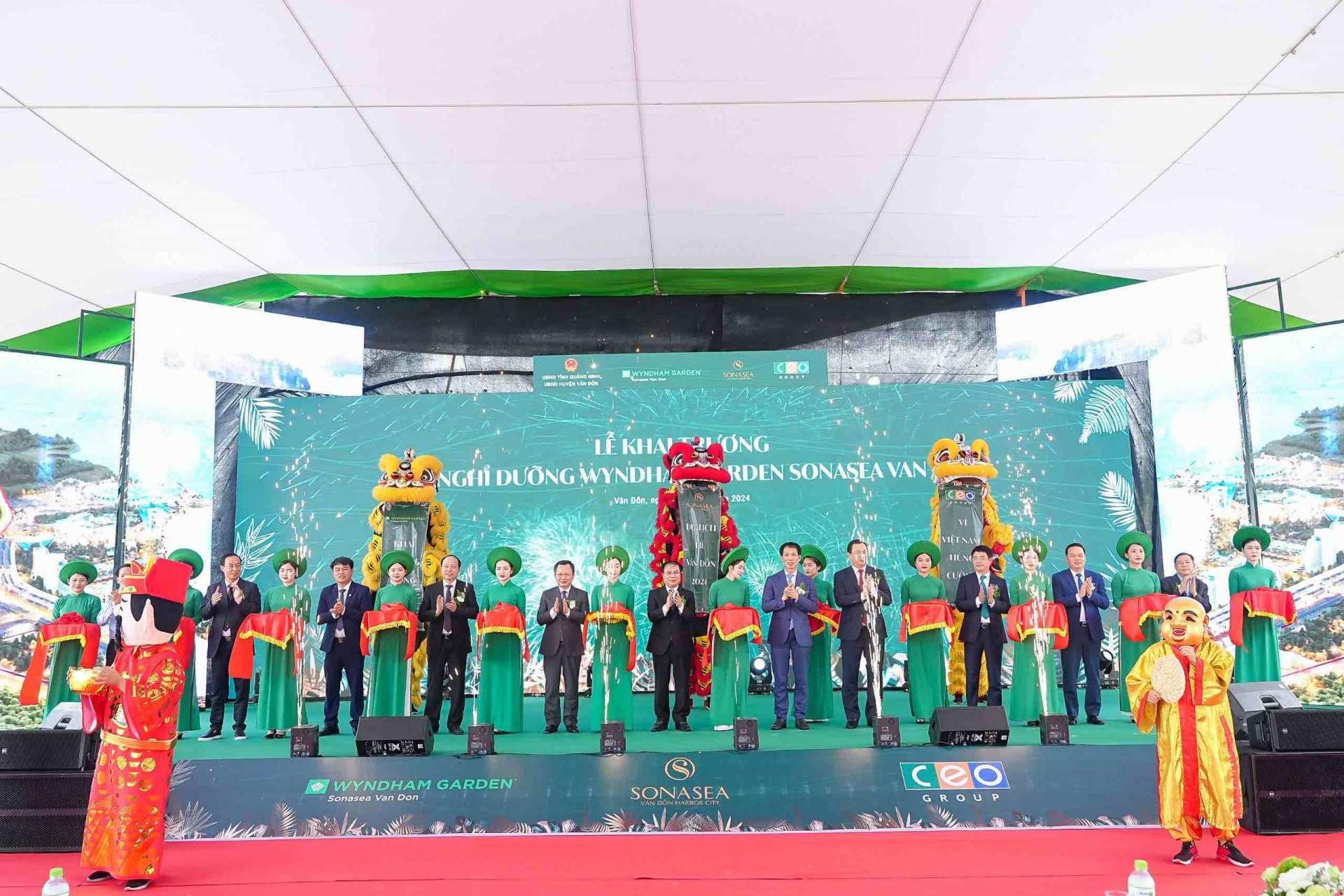
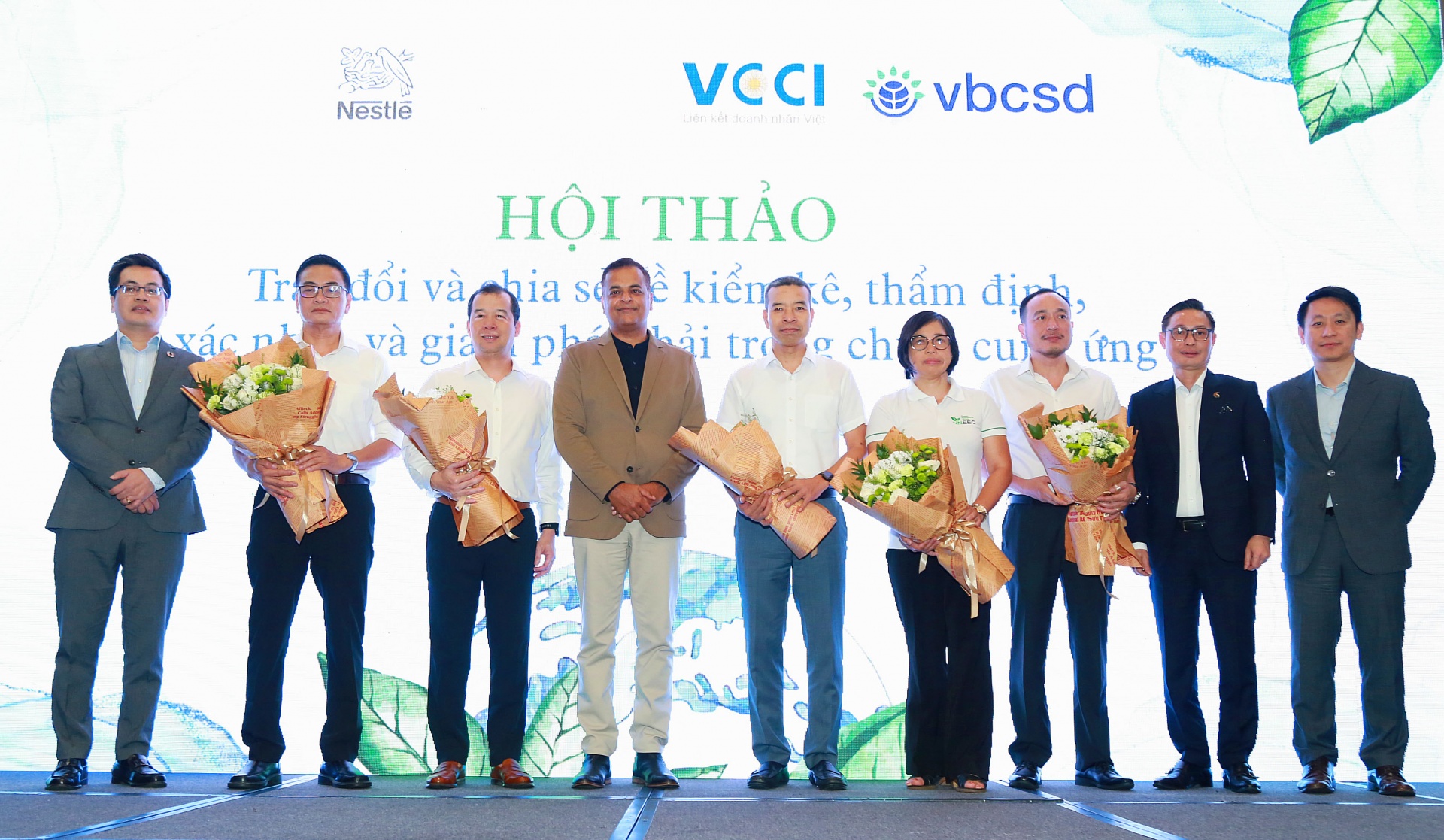



 Mobile Version
Mobile Version